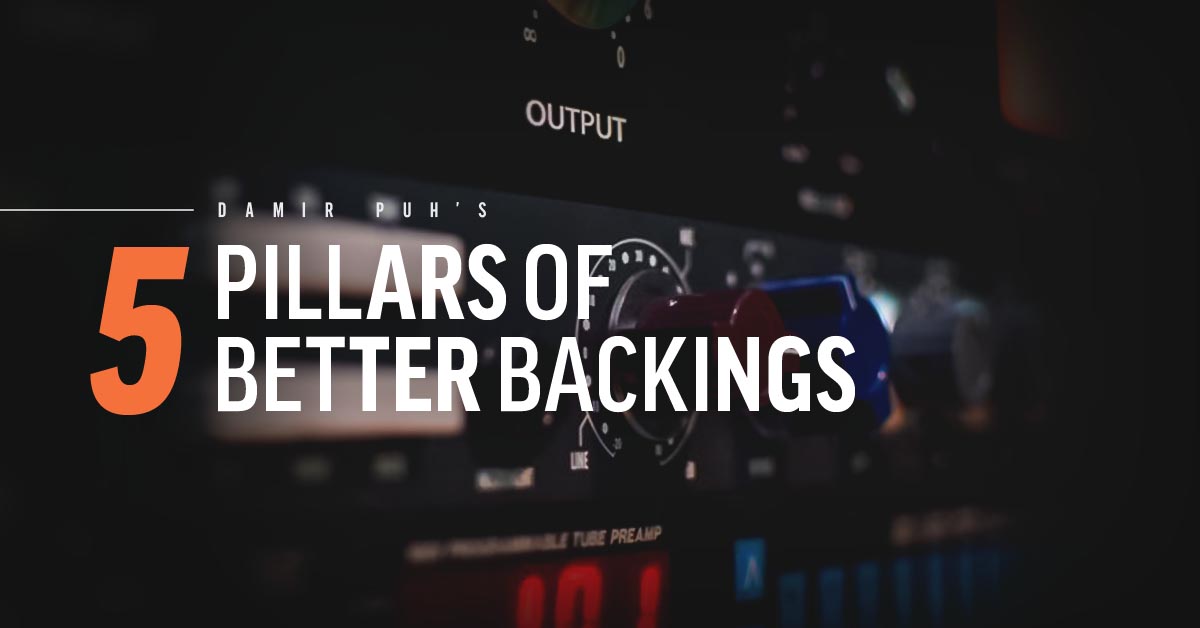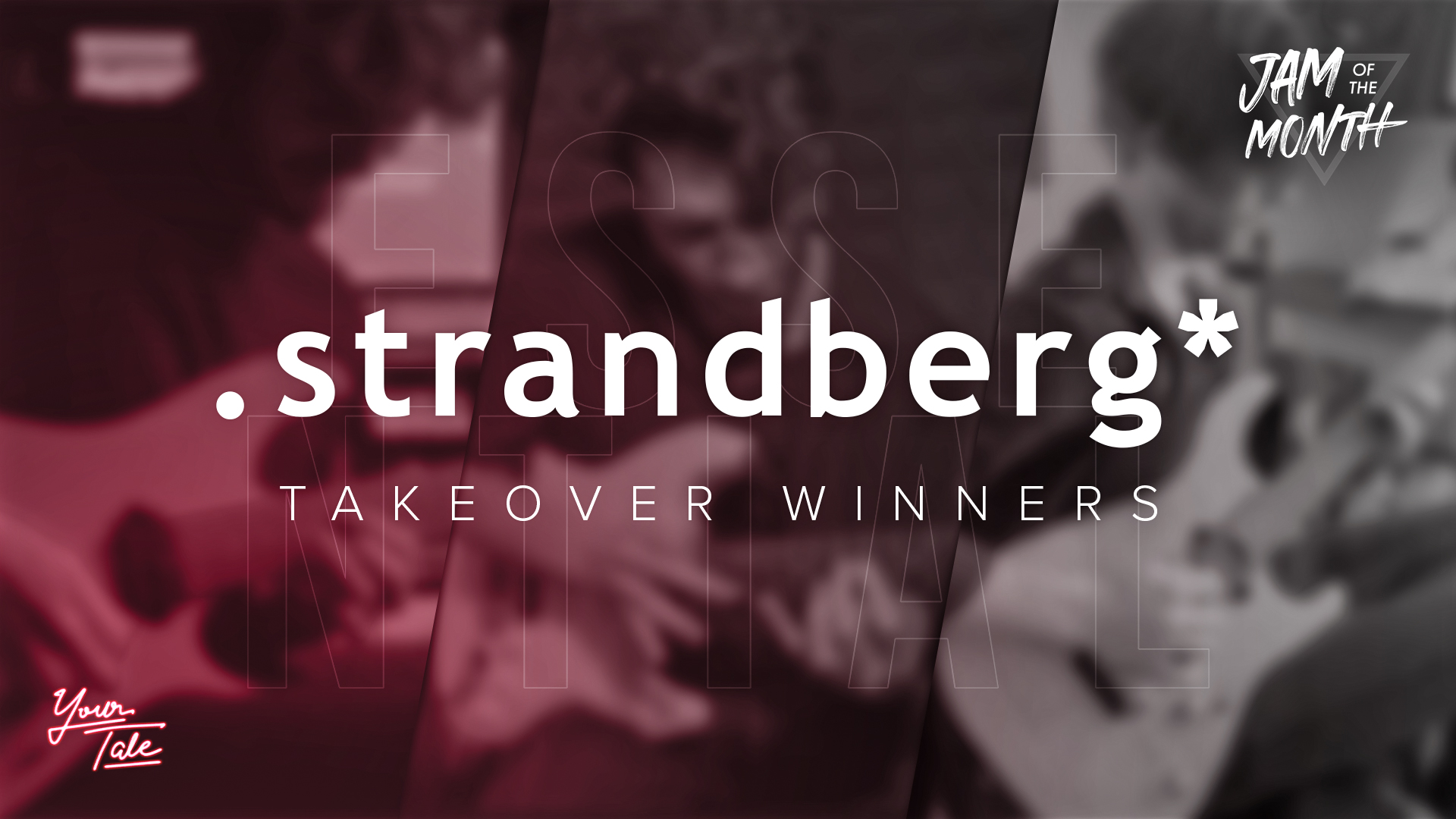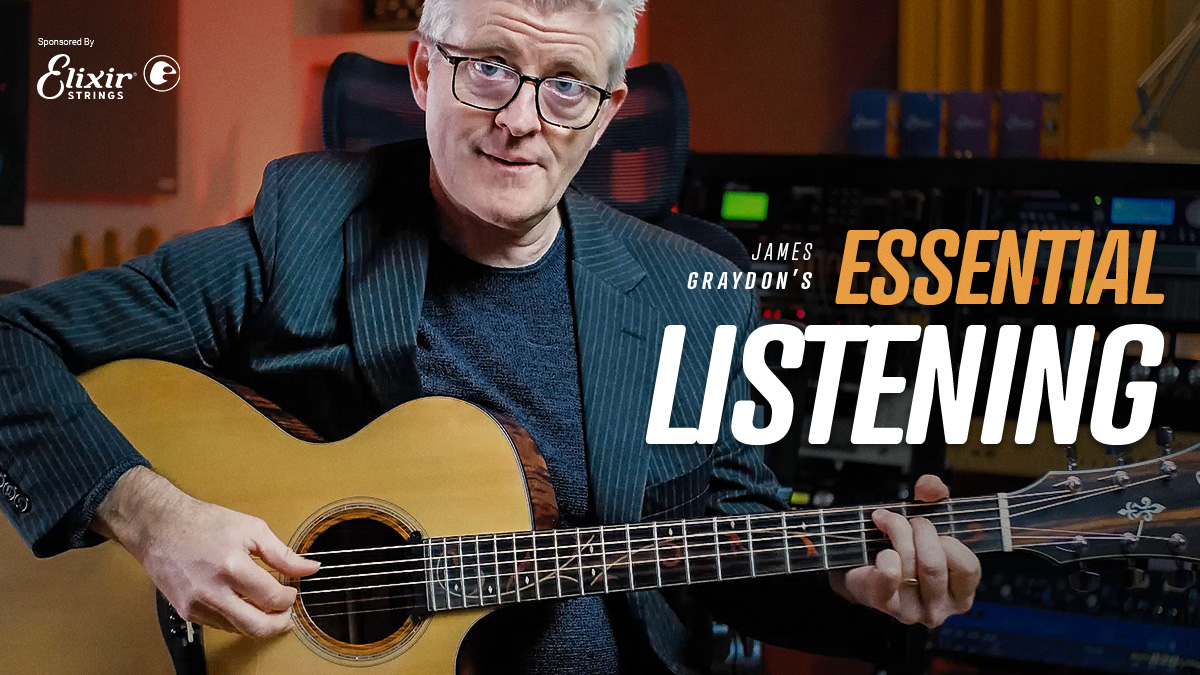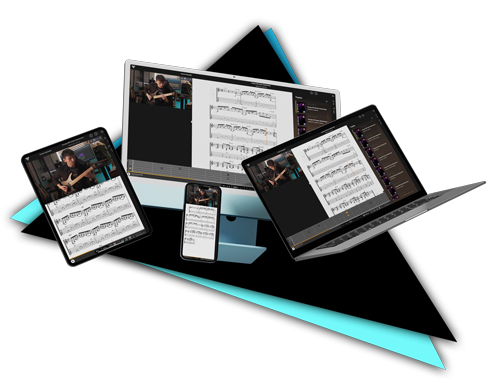
JTC Guitar as it is today is built on a foundation of super strong, highly jammable backings. So when someone reaches out to us with backings that fit the bill, we’re always happy.
Damir Puh is one of those people, and a killer player too! He’s brought modern, in your face, riff heavy backings to our catalogue, and a flawless air of professionalism that we really value.
So it only seems right for him to share a bit about his approach to all these banging backings.
A Clear Objective
Let’s start with the most abstract, but probably the most important point. A good backing track needs to solve a particular problem. All decisions regarding track creation depend on whether the track focuses on a specific genre or a specific tonality/chord progression.
Many players use different backings for different purposes, so tracks created with a particular profile of player and a particular problem in mind are more likely to offer the right musical solution.
Having a clear objective right from the start makes the process of creating the backing more streamlined, which results in a better track that many players would find useful.
Balanced Track Structure
Structure is crucial in any piece of music and with backing tracks, there’s always the balancing act of musicality vs the utilitarian function of the track in play.
Naturally, backing tracks tend to have extended sections and less variation compared to “normal” songs, but the parts themselves still need to develop and change as they progress. Providing the player a solid musical foundation, while still making things interesting is key, and a balanced track structure, regarding both the macro and micro levels, is the foundation of that concept.
Backings focusing on a particular scale, chord progression or rhythm can allow having long and open sections for the player to practice over. While tracks tackling the “real-band-jam” scenario means more movement and variation from part to part.
Detailed Arrangement and Sound Design
Choosing the right sounds and arranging the ideas into a cohesive piece of music go hand in hand with track structure and the pre-set objective of the backing track.
Even the most generic riff or chord progression could be transformed into a captivating piece of music with tasty arrangement, sound design, and layering.
Choosing the right sounds and arranging the ideas cleverly, immerses the player into the music and offers musical substance that could be mirrored with the lead part.
Providing hooks and ear candy elements is a nice bonus as well, and a welcome addition if creating a genre-specific track that sounds like a song is the objective.
Tight Performances / Programming
Tight performances and detailed programming are some of the key aspects that separate high-quality backings from the average ones.
For example, tight double-tracked guitars or bass and drums sitting right “in the pocket” not only sound better but also give better support for the player jamming, especially when groove and timing are concerned.
Editing plays an important role as well, and the balance of how much/how little is needed is very dependent on the genre. Letting the tail of palm-muted notes ring out in modern metal is just as inappropriate as chopping everything off and aligning everything to the grid on a funk track. In both cases, a correct judgment of what’s needed for the specific track is crucial for it to sound and feel authentic.
On the programming side, there’s always the risk of making everything a bit too perfect, thus turning out sterile and unnatural in the end. Variation in velocity and timing, especially when drums are concerned, is one of those fine details that help avoid that “jamming to a 90s drum machine” feel.
A Great Mix
In today’s day and age, there’s no excuse for poor-sounding mixes. Most VST’s sound pretty good straight out of the box. there are plenty of really good options for DI guitar tones, and plugins and affordable studio monitors/headphones are getting better and better.
Great mixes and masters immerse the listener in the music and that’s always inspiring for someone to jam over. Just like jamming with a band, great-sounding backings make the soloist sound even better, and if the power, punch, and clarity are there, it’s easier to feed off the track and spend hours with it.
A great sounding track also forces the player to pay more attention to his own sound, which is one of the main things novice players neglect.
Managing the low end, taking care of the hi-mid build-up inherent with guitar-driven music, and letting space in the midrange for the lead instrument are some of the main things that make the difference.
Before you go...
Check out a backing from Damir's latest release.


